Teacher Tips: How to Create a Great Home Communication Book
March 7, 2023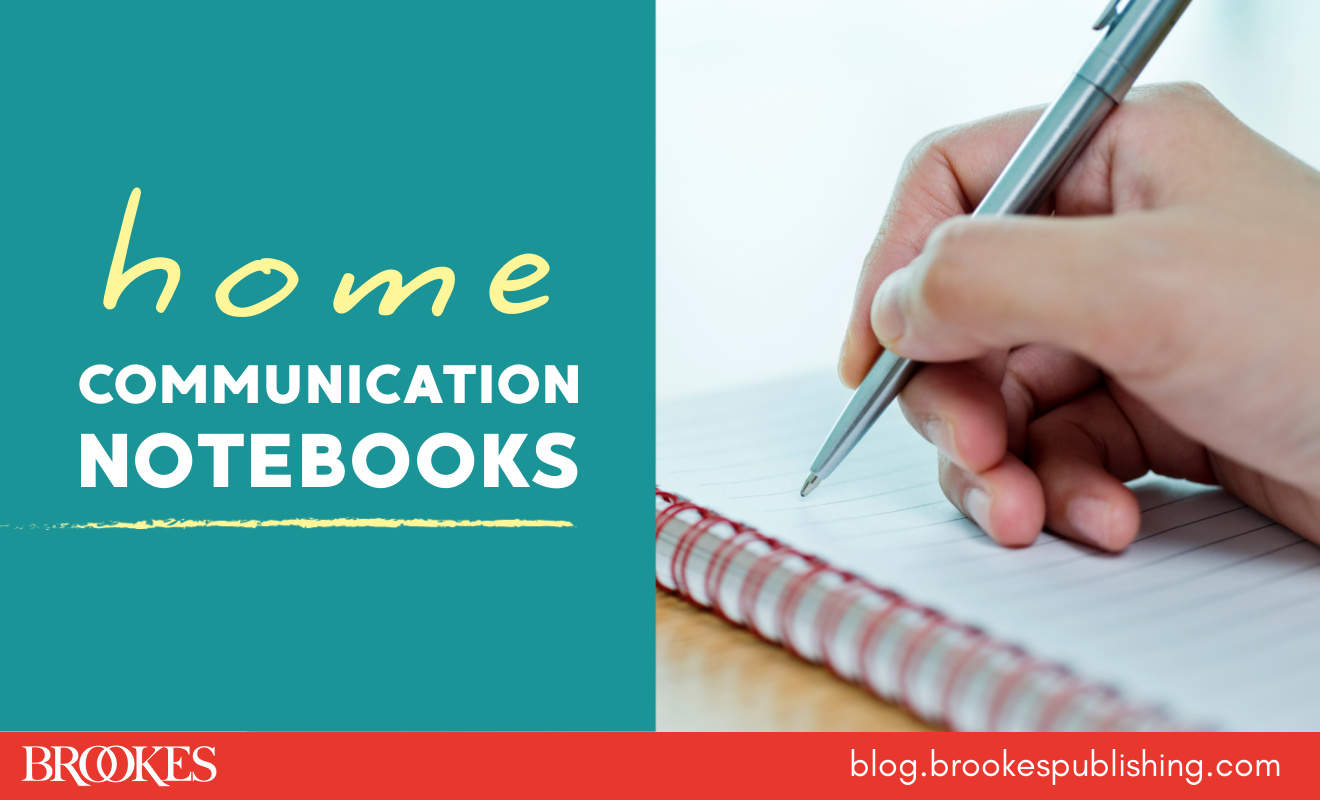
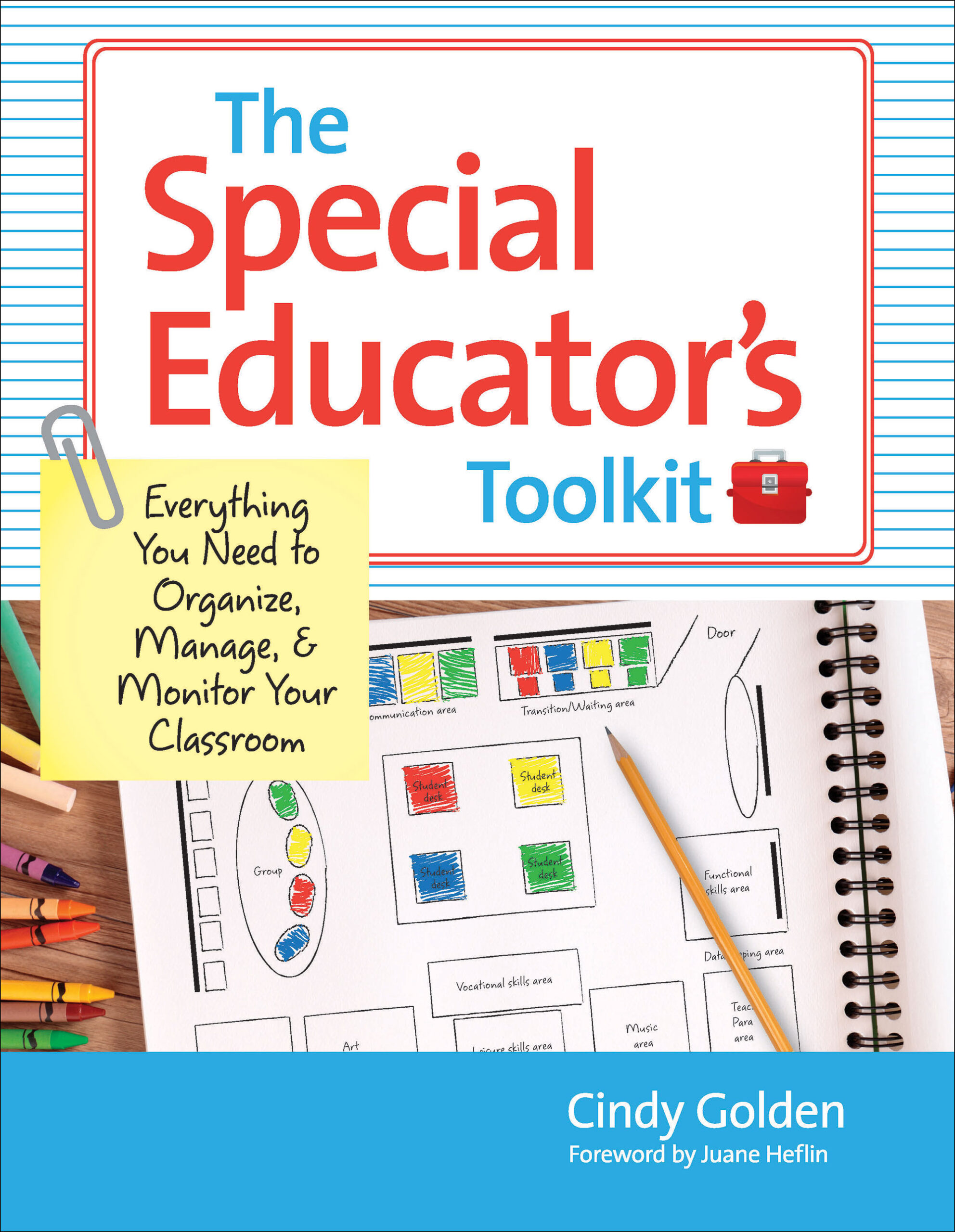 Communication between home and school is essential to student success, especially for students with disabilities. In The Special Educator’s Toolkit, Cindy Golden—a special educator, administrator, and psychologist with almost 30 years of experience—shares some great tips on creating a home communication book, including instructions specific to students with significant support needs. Read her advice in today’s blog post, excerpted and adapted from the book!
Communication between home and school is essential to student success, especially for students with disabilities. In The Special Educator’s Toolkit, Cindy Golden—a special educator, administrator, and psychologist with almost 30 years of experience—shares some great tips on creating a home communication book, including instructions specific to students with significant support needs. Read her advice in today’s blog post, excerpted and adapted from the book!
***
Home communication with parents of students with disabilities is really not an option—it’s a necessity. Special education teachers (and general educators, too) are in environments that require a constant flow of information to and from the home setting. Teachers typically record student progress data that parents need to know about, and most parents have information about the student that is vital to understanding their day-to-day progress and behavior in the classroom. For example:
- Johnny only slept 3 hours last night.
- Maya did not eat all her breakfast this morning.
- Lily spontaneously played with a friend yesterday after school.
- Juan’s sick grandma moved in with us over the weekend.
Isn’t this useful information? Regular communication with a student’s parents is the best way to stay in top of important developments and avert miscommunication. Whether you communicate with families on a daily basis for younger students or on a weekly basis for more independent high school students, communication is important.
Home communication books are a great tool for keeping in touch with families. These can be as simple as a spiral notebook, a teacher-made homework agenda, or one purchased from the school store. This type would be especially useful for an older student who is functioning with more independence. This type of communication book may contain homework assignments with a short daily note from the teacher and a signature from the parent. If students are seeing several different teachers, the book might be coordinated by the special educator who serves as the student’s case manager. This way there is constant communication among teachers, as each one can be informed about how the student is doing in other classrooms.
For younger students or students with more significant communication needs, you might need to maintain more intensive communication between school and home. Here we’ll take a look at the steps involved in creating a more intensive communication book.
Step 1
To start your communication book, get a three-ring binder that has pockets on the front and back cover. Personalize the binder with a copy of your school’s photo on the front and the student’s name and school year. Create a social story for your student that provides an easy-to-remember explanation of the communication book (see below for an example). Laminate the social story, punch holes in it, and place it as the first page. This social story will help students understand the purpose of the book and bring meaning to the task of taking the book back and forth between home and school.
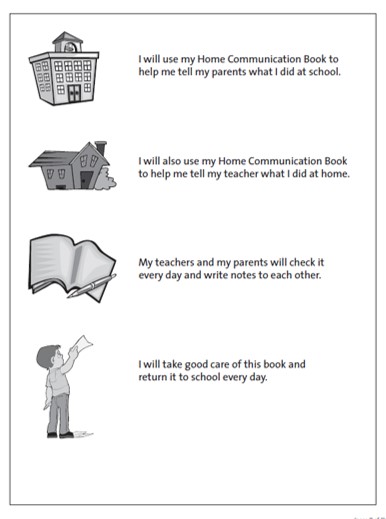 Step 2
Step 2
The front section of your communication book will be interactive for both students and parents and is a great teaching tool for functional skills. This section could include the following types of pages:
- All About Home: This gives students a way of communicating activities they did at home the night before. It becomes a wonderful communication prompt during a morning group time.
- All About School: This is a way of enhancing the students’ communication to parents. This will serve as communication prompts for describing the activities of the school day.
- All About Me: This can be used in the morning group session or at the beginning of the day to help the students generalize and practice basic functional skills.
Make sure you create your own pages that are specific to the needs of your students. For students who need communication supports, you can laminate the pages and place Velcro tape on the page so that picture symbols or photos can be used. Several pictures with Velcro backing can be placed below each sentence, so the student can choose the appropriate one and put in the box to complete the sentence.
Step 3
Next, include paper copies of a form you create to communicate back and forth with parents. Be creative about the type of form you use and make it simple for both you and the parents (see below for a sample form). This section could also just include blank paper on which you write short narrative notes.
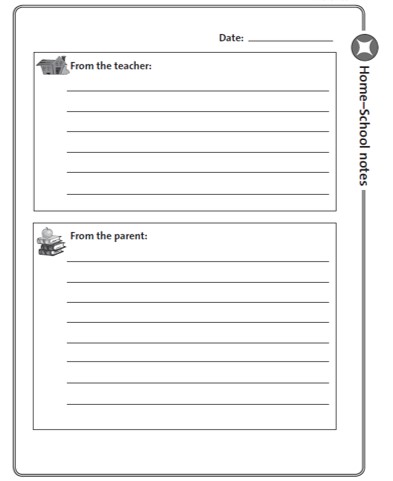
This type of home communication book can serve multiple purposes. It can:
- Ensure communication to the parent from the teacher
- Encourage communication back to the teacher from the parent
- Enhance the student’s basic functional skills (recognition of people, recognition of home photo, recognition of name, etc.)
- Elicit communication to parents about school activities
- Elicit communication to teachers about activities the students did at home the night before
Use the tips and the free download in this post to get started with your home communication book —and pick up The Special Educator’s Toolkit for comprehensive guidance on how to organize, manage, and monitor your classroom.
Free Download!
Get three printable pages you can use to start your own home communication notebook.

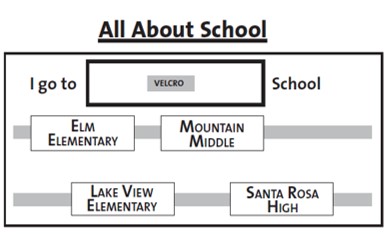
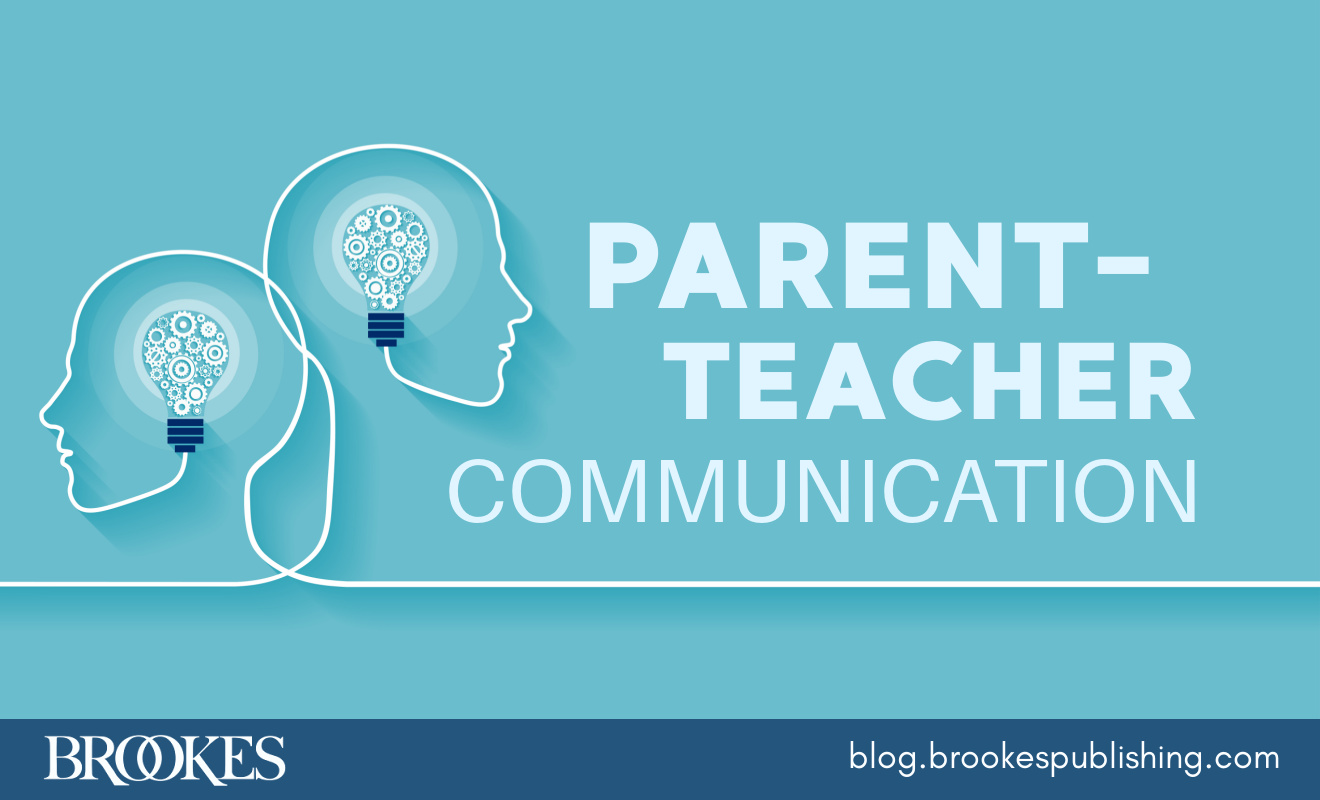


Write a Comment
Your email address will not be published. Required fields are marked *
Post a Comment